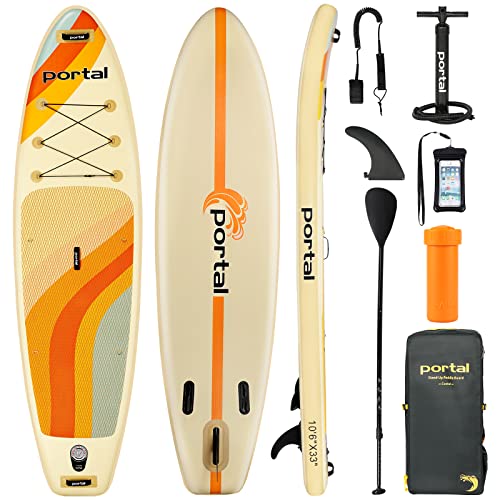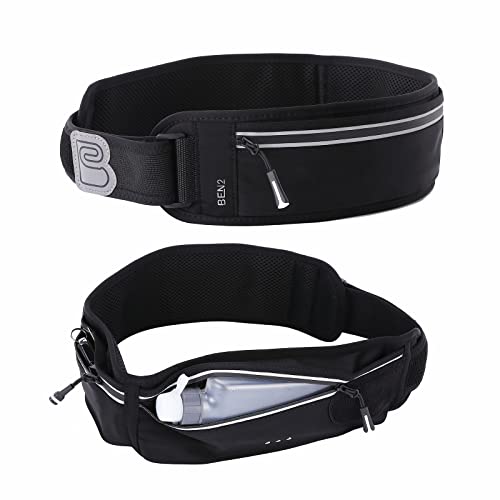The Best Running Shoes of 2024
Overview
Running is one of the best exercises for improving health and longevity. It strengthens the bones, muscles, and cardiovascular system. Running, on the other hand, puts a lot of strain on the body. The hit causes shock in our feet, which goes up our spine. This can put a lot of tension on the joints, resulting in pain and injury over time.
Each stride you take while running, your foot touches the ground in the same way. Running shoes, unlike sneakers, are meant to protect you from injuries caused by repetitive activity by providing particular cushioning to help with shock absorption and design characteristics that let you move forward more easily.
Every year, we test hundreds of men's and women's running shoes to help you choose your next excellent pair. Review our top picks, learn how we chose these products, and get buying advice from our gear experts by scrolling down.
Top Picks
-
Best Overall: adidas Women's Cloudfoam Pure
-
Most Lightweight: GANNOU Women's Air Athletic
-
Best Runner-Up: ASICS Men's Gel-Venture 7
-
Best for Speed: New Balance Women's Fresh Foam Roav V1
-
Best for Men's Road: Under Armour Men's Charged Assert 9
-
Best for Women's Road: Brooks Women's Ghost 14
-
Best for Men's Trail: New Balance Men's 481 V3
-
Best for Women's Trail: ASICS Women's Gel
Buying Guide
When looking for the finest running shoes, there are a few things to keep in mind:
When making our selections, we examine a number of variables. Here are the factors we assess, from ensuring we judge shoes according to their intended use to ensuring you can really buy them:
1. Types of Running Shoes
Running shoes are made to serve a certain purpose. Your running shoes should be selected based on the type of running you want to do.
-
You'll need road running shoes if you plan to run on sidewalks, tracks, streets, or other artificial terrain. In comparison to other models, they have a lot of cushion and stress absorption.
-
Trail running shoes are ideal for running on rough or gravel paths. They have sturdy midsoles and uppers that are generally made to protect your feet from pebbles and stumps.
-
On race day, racing shoes are all about speed. They're made to be lighter and speedier than traditional running shoes.
2. Size and Fit
When choosing a running shoe, the fit should be the most important consideration. A poorly fitting running shoe will not only make your running experience difficult, but it may also put you at risk of injury. Some shoes are designed to fit a narrow or broad foot better, and some are even available in both wide and narrow sizes. Men's shoe widths are D while women's shoe widths are B.
3. Price
When it comes to running shoes, a bigger price tag usually means more technology and comfort features, but that doesn't mean you have to spend a lot of money to have a good run. Instead of this, choose the one that treats you well. Running shoes that are adequately suited to most runners' daily demands should cost between $100 and $200.
4. Cushioning
The stiffness of the foam and heel drop are two aspects to consider in the building of a running shoe. Cushioning is the thickness of material under the midsole. The thickness and firmness of the midsoles beneath your feet can range from maximally cushioned to none at all, depending on personal choice. Trying on a range of shoes and feeling how they feel is the best method to pick.
FAQs
1. How long do running shoes last?
Most high-quality running shoes should last between 300 and 500 miles if you keep track of the miles you run in each pair. It also depends on how you use and maintain it.
2. How many pairs of running shoes should I have?
Every runner should have at least two pairs of their main running shoes on hand at all times, and alternate between workouts. Because your kilometers are distributed across multiple pairs of shoes, your shoes will last longer.
3. Can you walk in running shoes?
Running shoes and walking shoes share several characteristics that make them appropriate for physical activity. While running shoes are made to withstand the rigors of running, they are also fantastic as walking shoes. But walking in a running shoe, which often has less cushion.
Final Thoughts
Whether you're jogging for fun or training for a marathon, the perfect running shoes can help you avoid injuries by providing the proper foundation for your entire body. We hope you will pick the most ideal one or more to conquer your steps on the running races.








